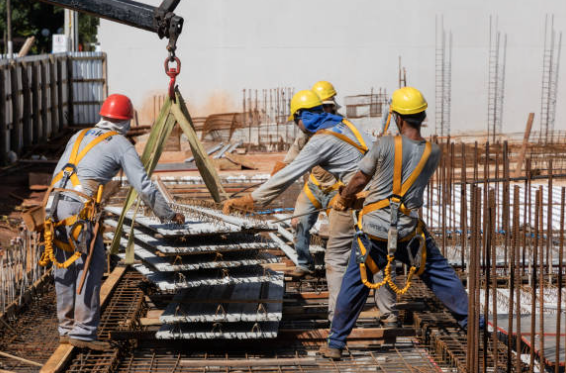
Posted on Saturday, September 28, 2024
Brazilian building codes play a critical role in shaping the design and performance of metal fabrication, particularly in the production of roll-formed products used in construction. The country’s national regulations, governed primarily by ABNT (Associação Brasileira de Normas Técnicas), set the standards for safety, durability, and structural integrity in building materials. In this article, we’ll explore the key building codes that impact metal fabrication in Brazil and how they influence the design and production of roll-formed metal components.
These building codes significantly influence the design, performance, and material selection for roll-formed metal products. Compliance with these regulations ensures that metal components are structurally sound, corrosion-resistant, and capable of withstanding Brazil’s diverse environmental conditions, from tropical humidity to high-altitude winds.
Brazil’s national building codes have a profound influence on the metal fabrication industry, particularly when it comes to roll-formed products. Manufacturers must carefully design their products to meet ABNT standards, ensuring that metal components are not only durable and structurally sound but also capable of withstanding the country’s environmental challenges. Adherence to these codes is not only necessary for regulatory compliance but also for ensuring the safety and longevity of the buildings and infrastructure projects that rely on roll-formed metal components.
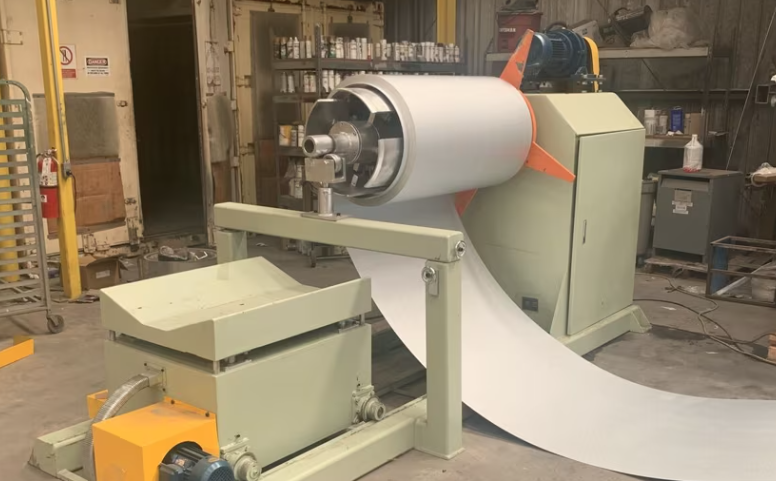
Understanding Coil IDs, Mandrel Sizing, and Shear Pin Safety in Uncoilers
Posted on Wednesday, October 1, 2025
Mismatched sizes can lead to machine damage, downtime, and safety hazards — often evidenced by a shear pin failure.
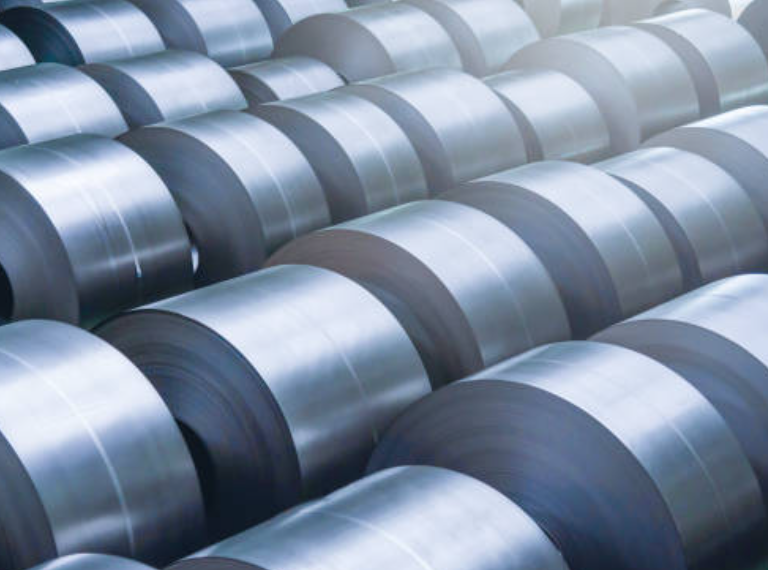
How Coil Tensile Strength Affects Roll Forming and How to Adjust Your Machine
Posted on Wednesday, October 1, 2025
Changes in tensile strength can significantly affect the finished profile, causing misaligned bends, uneven edges, and out-of-spec parts.
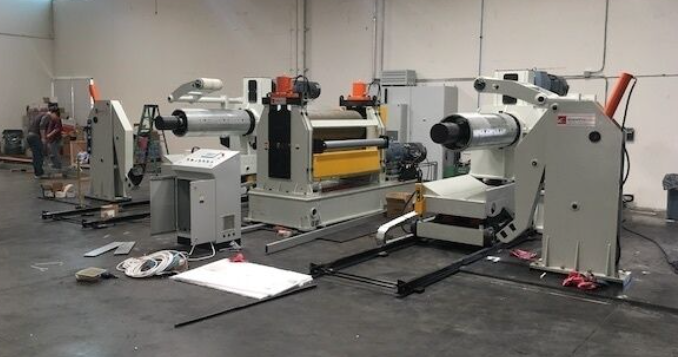
Why Paint Cracks on an Embossing Line Running Pre-Painted Coil and How to Prevent It
Posted on Wednesday, October 1, 2025
This issue not only affects the visual quality of the product but can also lead to increased scrap rates and customer complaints.
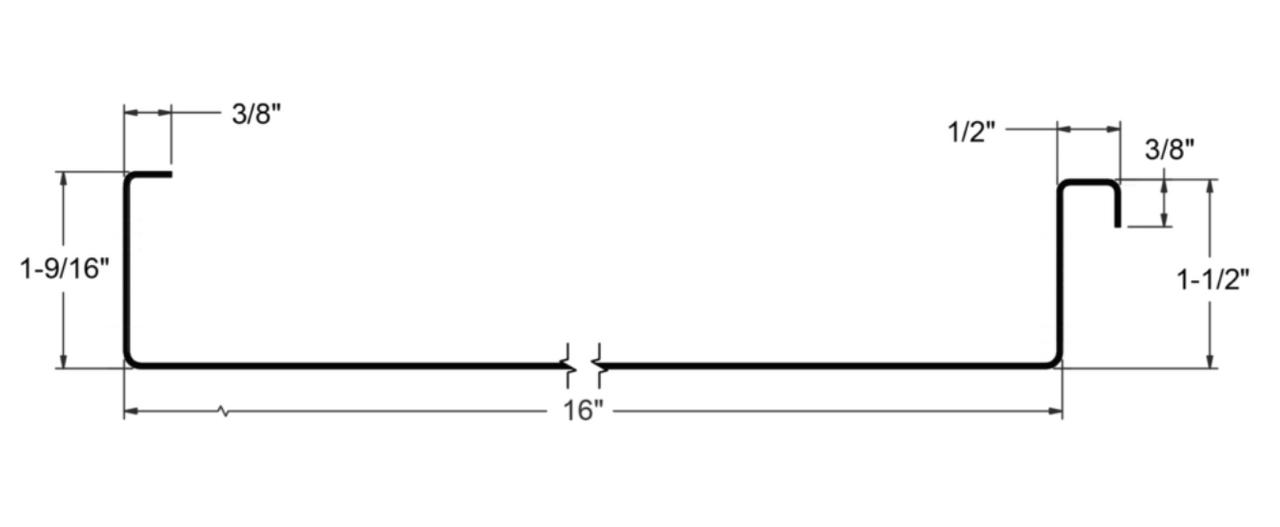
The Most Popular Standing Seam Metal Roof Panels in the U.S. — A Comprehensive Guide
Posted on Monday, September 29, 2025
In this post, we’ll explore what panel styles and sizes are most popular in the U.S